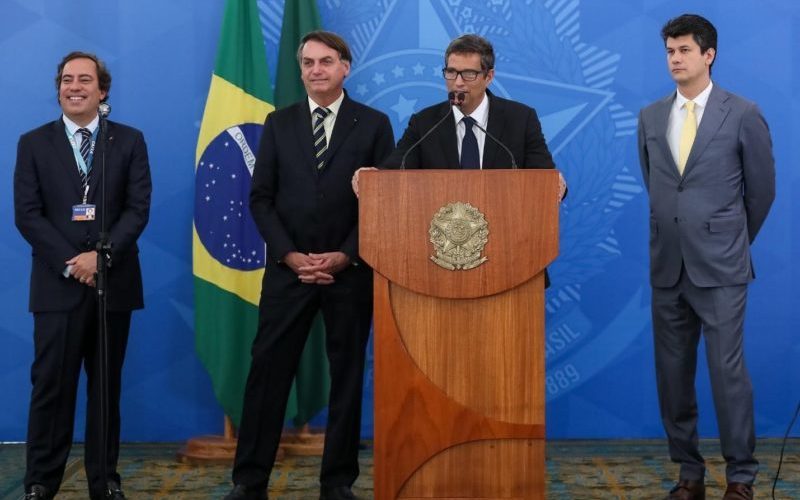A week ago Brazil’s COPOM (Committee for Monetary Policy) met to talk about the current financial climate, in Brazil as well as around the globe. The gathering had one by and large outcome, which was to keep up current loan costs: the nation’s Taxa Selic will remain at 2% p.a. Despite the fact that this occasion probably won’t appear to be newsworthy, it discloses to us a lot about the recuperation of the South American economy.
COPOM, Taxa Selic and Inflation
Dissimilar to other national banks far and wide, for example, the U.S. Central bank, Brazil’s Central Bank has only one duty: to keep expansion low. COPOM is the panel chosen for this major assignment and its primary device is the capacity to change financing costs.
In Brazil the essential financing cost that directs the market is known as the Taxa Selic. The advisory group brings down or expands the Taxa Selic to bring in cash modest or costly, separately. Accordingly, buyers are boosted to spend or spare, affecting expansion straightforwardly. Low spending for the most part implies costs won’t rise, while expanded interest will in general raise the cost of products.
Throughout the previous twenty years Brazil has had a high Taxa Selic. Twofold digit loan costs generally mean moderate development for an economy as endeavors and people are less disposed to obtain. Credit lines and different types of obtaining, for example, obligation giving, are major for a nation’s monetary development as they apportion money to extending organizations. In principle, encouraging capital obtaining by organizations converts into more creation, low degrees of joblessness, and the improvement of industry. Contrasted with other rising economies, Brazil’s ongoing GDP development has been frail, as can be found in the figure beneath.
Rates Stay the Same
For the past nine gatherings, COPOM has cut financing costs. The Taxa Selic has never been as low as it presently may be. At the latest gathering, in any case, COPOM chose to keep up the current Taxa Selic as opposed to cutting it further.
As monetary development is legitimately identified with loan fees, the choice to keep up the current Taxa Selic recommends COPOM doesn’t accept the economy needs an additional push. Rather, COPOM chose to be mindful about conceivable swelling. This choice is empowering as the national bank of the greatest economy in South America signals good faith concerning financial recuperation.
Brazil’s money related approach has been pushing toward low loan fees since a long time before the pandemic flare-up. This is exceptionally encouraging for Brazil as it implies endeavors can acquire less expensive capital and experience quick development sooner rather than later. Additionally, swelling ? the destabilizing factor that could create an ascent in credit costs ? is at present beneath the Central Bank’s objective of 4% p.a. In the event that the bank’s money related approach works and swelling remains low, the nation’s economy could perform well in the coming years.
The word expansion will in general convey a negative undertone; be that as it may, numerous nations around the globe want moderate swelling. A controlled increment in costs reflects financial development. Truth be told, during the current pandemic, expansion has been a positive sign for economies as they rise up out of exacting lockdowns.
In Brazil, expansion is estimated by the IPCA (National Consumer Price Index), which developed to 2.44% for the TTM (following a year). The Central Bank deciphered this as an indication of an adequate monetary recuperation to leave loan costs unaltered. As referenced beforehand, the organization doesn’t accept the economy needs an additional push.
Future Outlook
COPOM might have brought down the Taxa Selic as business sectors were anticipating that it should, and as it had done over the past nine gatherings; yet it chose to remain traditionalist. As referenced before, loan costs control expansion however they can likewise discourage monetary development. Brazil has a decent chance to move from verifiably high financing costs towards a lower Taxa Selic that is more appealing for the private area.
By and by, the nation needs to defeat the phantom of high swelling rates. Looking forward, COPOM has just announced that for 2021 and 2022, we can expect the Taxa Selic to increment to 2.5% and 4.5%, individually. South America’s jewel has incredible potential, however far to go.
